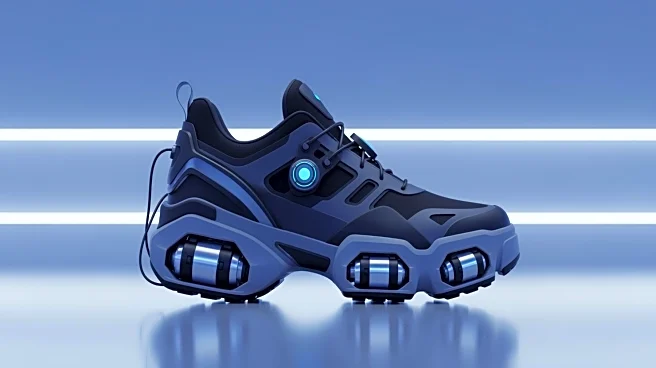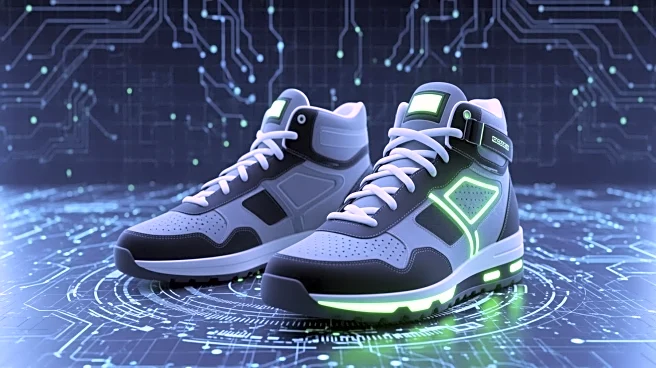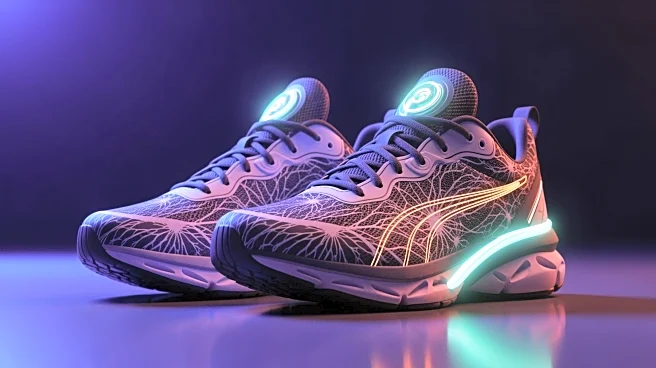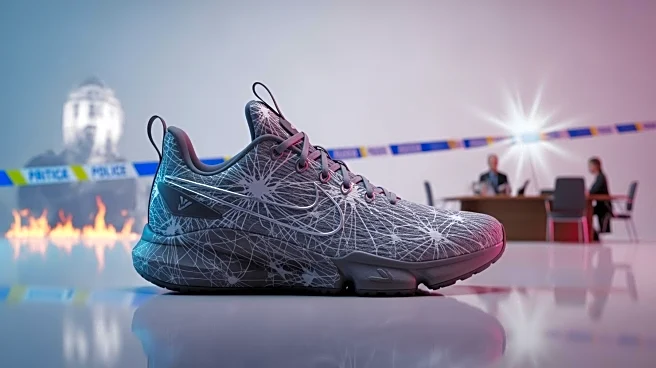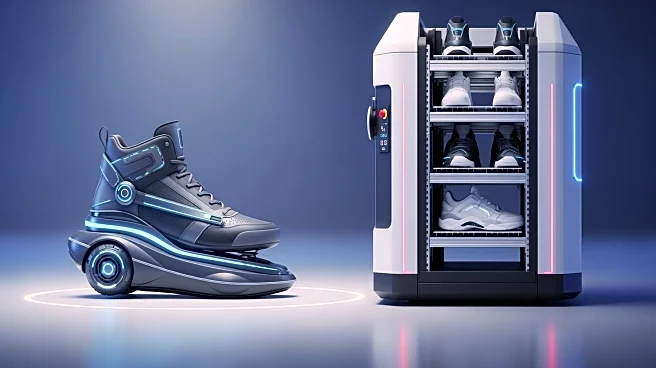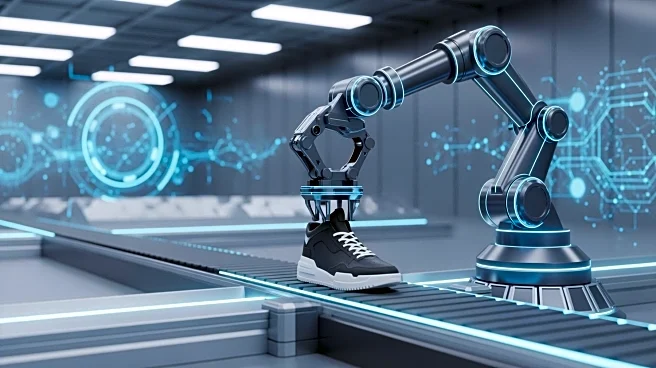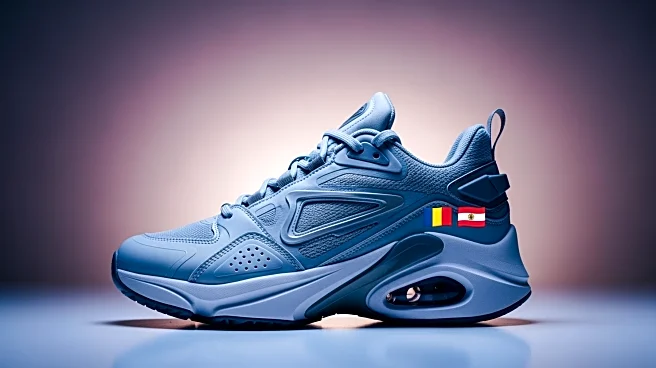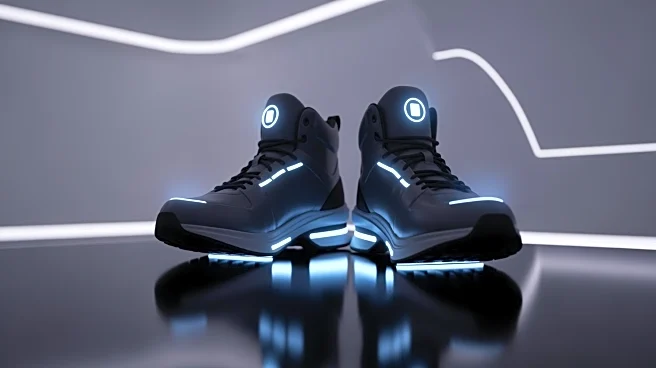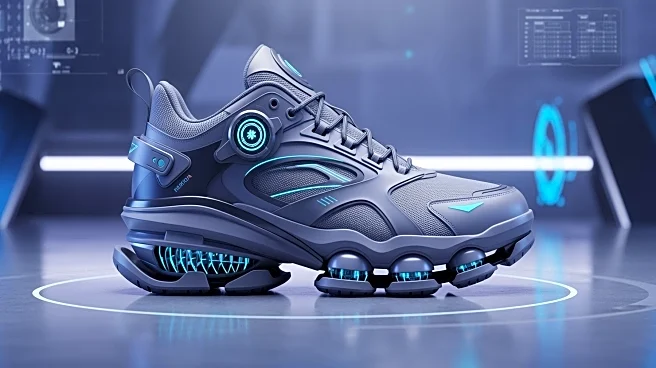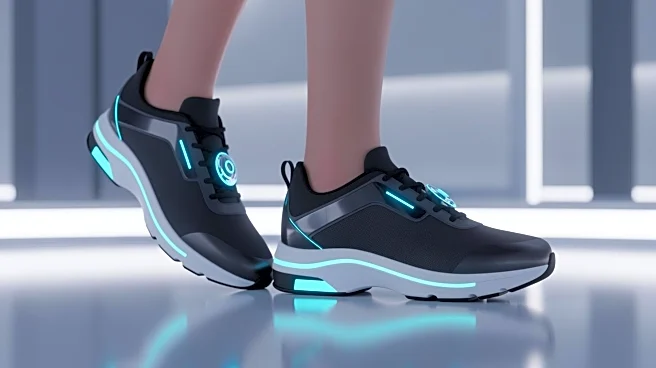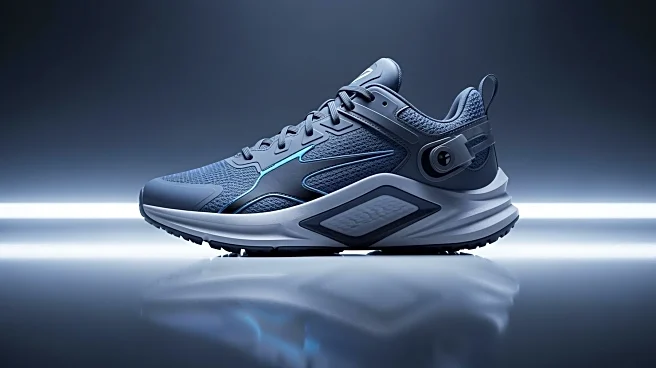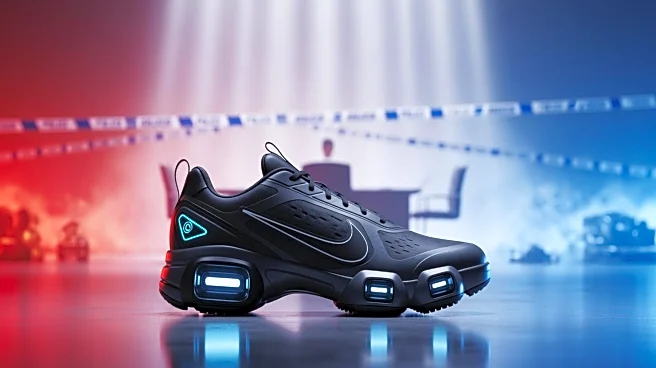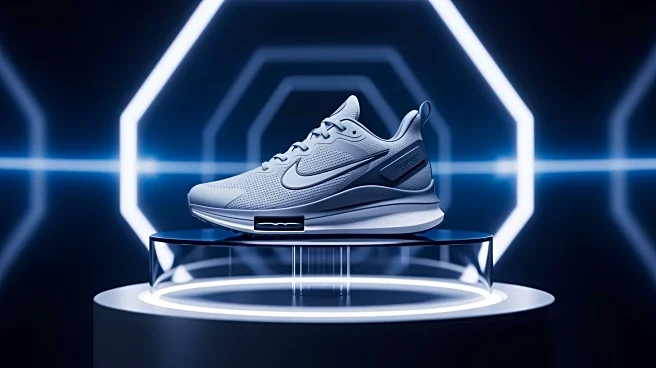What's Happening?
Nike has introduced a new motor-powered running shoe, the ACG Robot Shoe, which features a hands-free entry and exit system. The shoe utilizes a motor and drivetrain that automatically engage when a sensor detects the user's foot, providing a snug fit
without the need for laces or straps. This innovation is part of Nike's ongoing efforts to integrate robotics with wearable design, aiming to make performance technology more inclusive and accessible. The shoe is designed for all-terrain utility, offering users enhanced comfort and functionality.
Why It's Important?
Nike's introduction of the ACG Robot Shoe represents a significant advancement in wearable technology, merging robotics with traditional footwear design. This development could have a substantial impact on the sports and fitness industry, offering new levels of convenience and performance to athletes and casual users alike. By eliminating the need for manual adjustments, the shoe enhances accessibility for individuals with mobility challenges, potentially broadening Nike's customer base. Additionally, this innovation underscores the growing trend of integrating technology into everyday products, paving the way for future advancements in smart wearables.
What's Next?
Nike's focus on robotics and wearable design suggests that further innovations in smart footwear may be on the horizon. The company may continue to explore new technologies that enhance user experience and performance, potentially expanding its product line to include more advanced features. As the ACG Robot Shoe gains traction in the market, Nike could leverage customer feedback to refine its design and functionality, ensuring it meets the needs of diverse users. This development may also prompt competitors to invest in similar technologies, driving innovation across the industry.
Beyond the Headlines
The integration of robotics into footwear design raises questions about the future of wearable technology and its impact on consumer behavior. As products become more technologically advanced, companies must consider ethical and privacy concerns related to data collection and usage. Additionally, the shift towards smart wearables may influence cultural perceptions of technology, as consumers increasingly rely on automated solutions for everyday tasks. Nike's innovation highlights the potential for technology to enhance accessibility and inclusivity, challenging traditional notions of product design.
